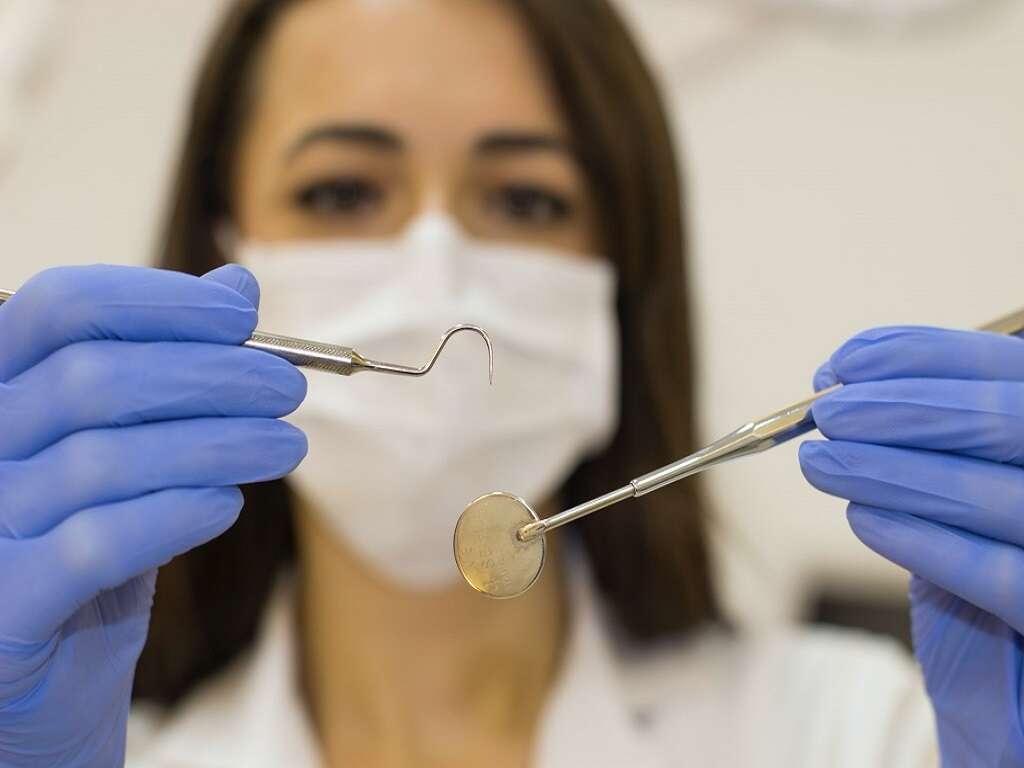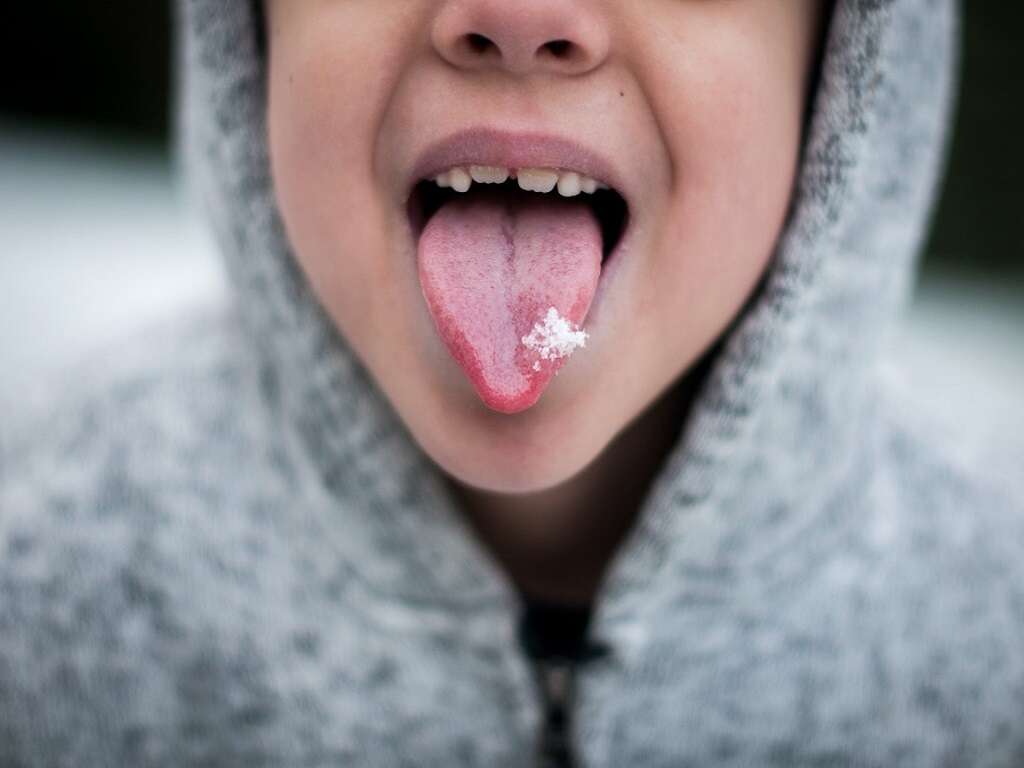10 Causes of White Tongue
White tongue refers to the whitish or grayish coating on the tongue that usually consists of bacteria, debris, and dead cells. While the appearance can be alarming to many, it is usually temporary and harmless. However, in some cases, white tongue can also indicate that there is an underlying condition. White tongue occurs when the entire tongue is coated or if there are white patches or spots on the tongue.
When in doubt, it is always best to seek a professional opinion to ensure that serious underlying conditions are treated early, as it will improve the prognosis and outcome for the patient.
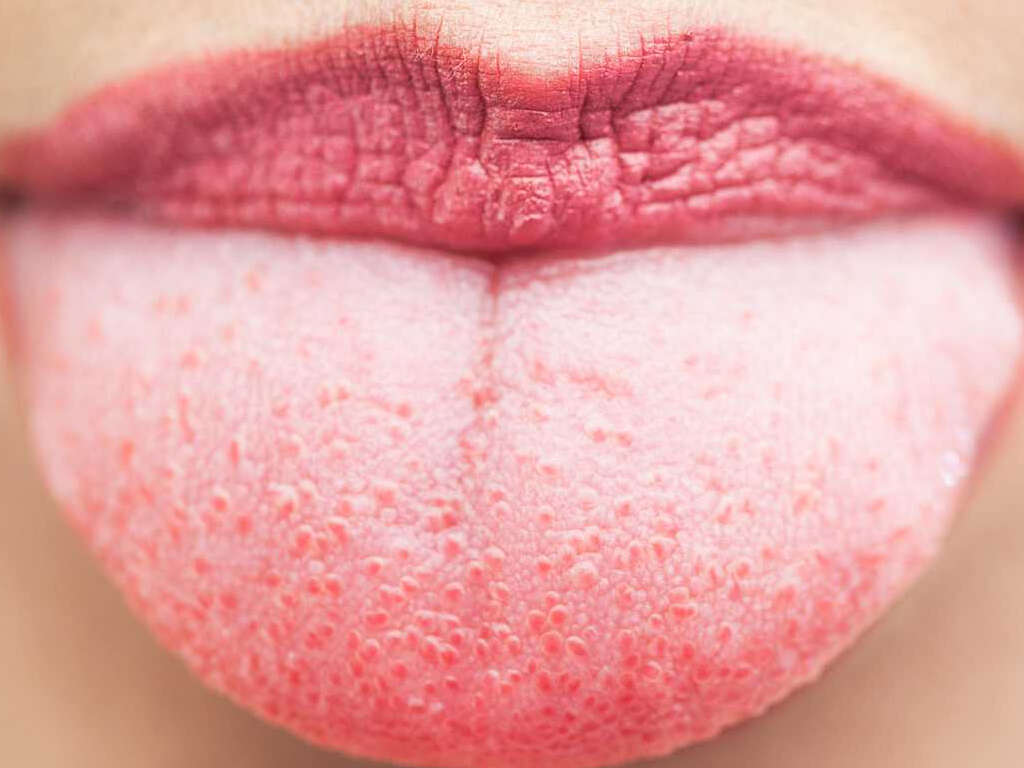
Cause #1: Leukoplakia
Oral leukoplakia refers to the presence of white patches or plaques in the mouth. These patches are usually found on the tongue but can also be seen on the lower lips, inside of the cheeks, on the back of the mouth, and gums. It can feel smooth, rough, thickened, or raised in different individuals. The patches can also be persistent and cannot be removed through scraping or regular brushing. Although it is rarely seen among those younger than 30 years old, it is six times as common in smokers compared to non-smokers.
The presence of oral leukoplakia increases the risk of squamous cell carcinoma of the mouth. This means those with oral leukoplakia should be examined by a physician to rule out harmful issues. It can also have a “hairy” appearance in some cases. Further investigation is recommended, but some believe that it may be caused by the Epstein Barr virus especially in individuals who have a weakened or suppressed immune system.

Cause #2: Oral Lichen Planus
Oral lichen planus is a chronic condition of the immune system that results in white patches and lacy white streaks on the mouth and tongue. In most cases, symptoms are mild and don’t require any treatment. Although the cause for oral lichen planus is unknown, it is not thought to be infectious.
Severe cases can be managed with the aid of antiseptic mouth washes or steroid sprays. Some believe that it may be caused by a reaction to blood pressure and pain medicine. Those who suspect oral lichen planus should see a doctor to confirm or rule out the condition.
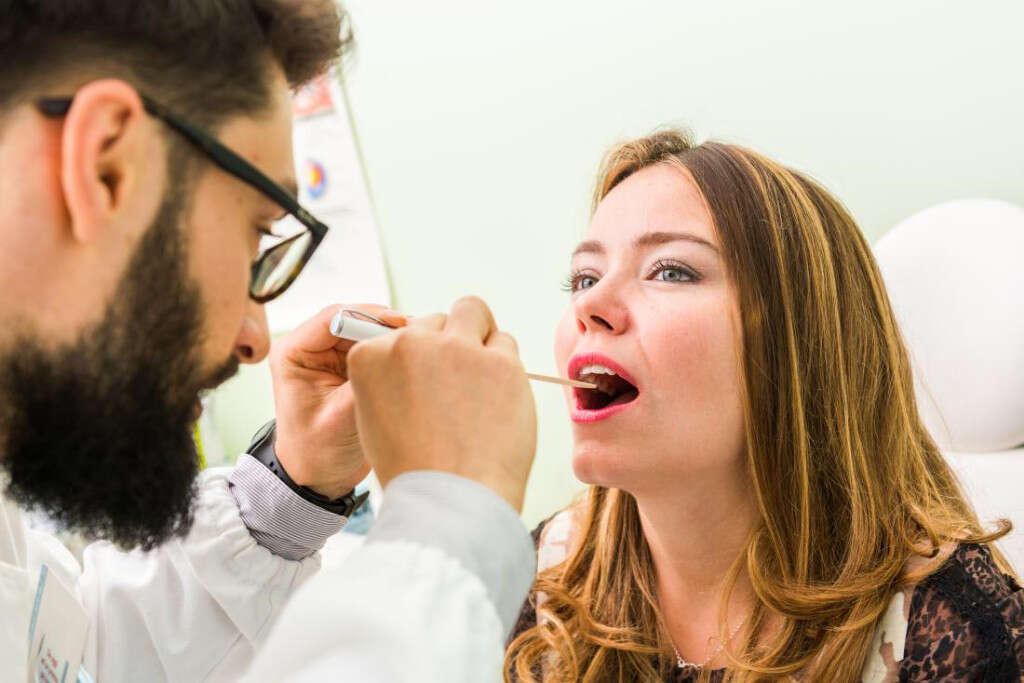
Cause #3: Oral Thrush
Oral thrush is a term used to describe a yeast infection of the mouth. It can also be called oral candidiasis. This occurs when the fungus, Candida albicans, has accumulated on the lining of the oral cavity. Patients with oral thrush usually present with a burning sensation and white plaques on the tongue and inner cheeks.
It can also affect the gums, tonsils, roof of the mouth, and back of the throat. These plaques can be sore and may also appear as a red path. They can be scraped off. Oral thrush is more common in the extremes of ages (elderly and infants), diabetics, those with iron or vitamin B deficiency, suppressed or weakened immune system, and those who wear dentures.

Cause #4: Syphilitic Leukoplakia
Syphilitic leukoplakia refers to the white lesion that is seen in the tertiary phase of a syphilis infection. It is now rare as more people are now aware about syphilis and seek treatment before it reaches the tertiary stage of the disease. The white patch on the surface of the tongue increases the risk of oral cancer. Syphilis is a sexually transmitted infection that is caused by a bacterium known as Treponema pallidum.
The symptoms differ based on the different stages of the condition (primary, secondary, latent, and tertiary syphilis). Other associated symptoms of tertiary syphilis besides syphilitic leukoplakia are neurosyphilis (involvement of the central nervous system), syphilitic aortitis (involvement of the aorta), and the presence of gummas (soft and non-cancerous growths) all over the body.

Cause #5: Geographic Tongue
Geographic tongue refers to a tongue that has a map-like appearance often confused with thrush due to the presence of white patches. These patches can have an irregular whitish colored border and smooth red patches. The patches can move every few days. Some people find these patches to be sensitive or sore while others experience no symptoms.
Although it usually resolves itself after a while, patches that persist for more than two weeks should be reviewed by a doctor to rule out harmful issues. Patients should avoid foods that are spicy or salty if they cause discomfort until the patches resolve.

Cause #6: Mouth Breathing
The nose and mouth are the two air passageways to the lungs. While it is normal to use the nose to breath, having a stuffy nose may require an individual to breathe through his/her mouth. Breathing through the mouth can lead to issues in children such as poor growth, crooked teeth, and facial deformities.
In adults, it can lead to gum disease, bad breath, and a white tongue. This occurs as mouth breathing causes the mouth to become dry resulting in the proliferation of bacteria and accumulation of food debris and dead cells.

Cause #7: Mouth or Tongue Cancer
Mouth or tongue cancer can cause symptoms such as ulceration, pain, swelling, and red or white patches that can be seen on the lining of the tongue.
The early symptoms of mouth and tongue cancer can be difficult to spot but those with risk factors such as smokers and those who drink excessively should look out for sores, ulcers, and lumps. Seek a professional opinion even with subtle symptoms to increase the chance of a prognosis and avoid progression of disease.

Cause #8: Poor Oral Hygiene
White tongue is often due to poor oral hygiene that causes the papillae on the tongue to become inflamed and swollen. This increases the tendency for food debris, bacteria, and dead cells to become trapped between the enlarged papillae causing the tongue to have a whitish coating.
Oral hygiene refers to the practice of keeping a clean mouth devoid of disease. General guidelines to maintain a good oral hygiene include brushing and interdental cleaning with floss or interdental brushes twice a day. Some may also include the use of a mouthwash in their routine.
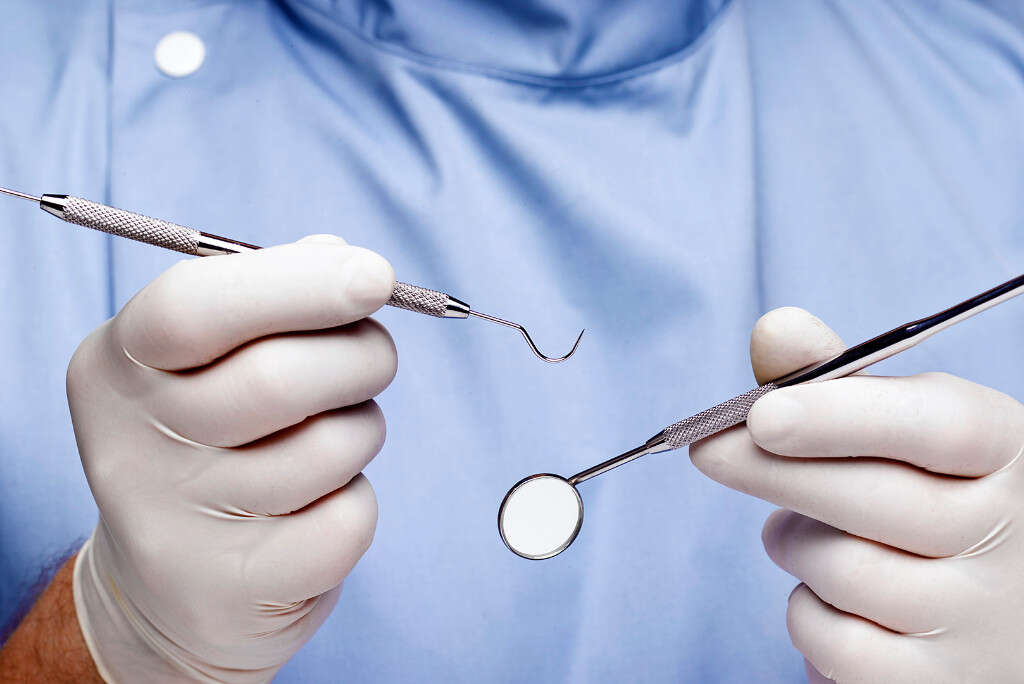
Cause #9: Dehydration and Dry Mouth
When a person does not drink adequate fluids, dehydration can occur. Symptoms of dehydration include decreased urine output, headaches, and pallor. However, it also results in a dry mouth and tongue, which become a breeding ground for bacteria.
When there is insufficient saliva, white tongue can occur as food debris, dead cells, and bacteria are more likely to be trapped on the tongue. It can also cause other issues such as bad breath.

Cause #10: Lifestyle Habits
Some lifestyle habits such as smoking, use of tobacco, and alcohol consumption can also cause oral issues such as a white tongue. Some oral issues smokers and tobacco users experience are smoker’s melanosis, periodontal disease, nicotinic stomatitis, gingival recession, tooth abrasion, black hairy tongue, white tongue, and oral cancer, among others.
The tongue has a thin layer of dead cells that is normally shed at the rate it is produced. However, there is chronic irritation of the tongue in smokers causing the accumulation of keratin.





